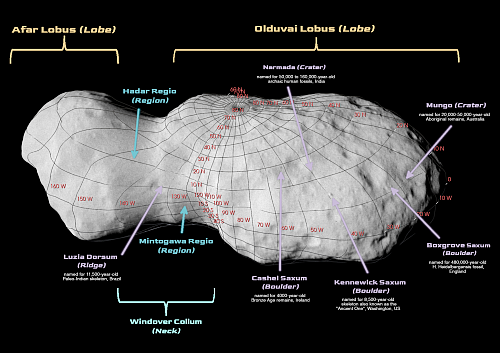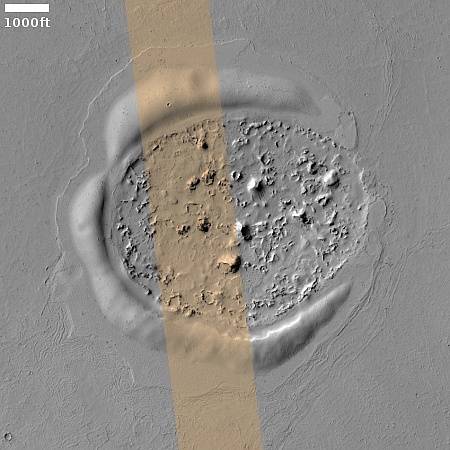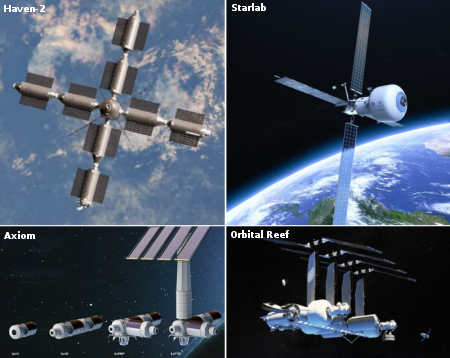Europe once again delays test flights of its Callisto 1st stage hopper

Callisto’s basic design
First proposed in 2015 as Europe’s answer to SpaceX’s Falcon 9, the first test flights of the European Space Agency (ESA)’s Callisto grasshopper-type reusable test prototype, as shown on the right, has once again been delayed, now from 2026 to 2027.
On Friday, CNES published a call seeking a partner to provide mechanical operations and procedures support ahead of the Callisto flight-test campaign, including contributions to operations user manuals, drafting mechanical operation procedures, and conducting detailed studies of mechanical interfaces between the vehicle and the ground segment. In the preamble to the scope of work, the notice states that the campaign will be carried out from the Guiana Space Centre in French Guiana in 2027. It will include an integration phase followed by eight test flights and two demonstration flights, all to be completed over a period of eight months.
The project, in which Japan’s space agency JAXA is participating, had an initial budget of $100 million, and originally planned to do its first hops in 2020. Instead, ESA spent a dozen years making powerpoint presentations, while SpaceX flew hundreds of operational flights with its Falcon 9, for profit.
Worse, this program is not attached to any rocket. It is a dead end. ESA and JAXA might get some useful engineering data from it, but it will belong to no one, and it is unclear anyone will care. At this moment it appears several private companies in Europe will have flown their own new rockets before Callisto even gets off the ground, and the data from those real rocket launches will be much more useful to them down the road.

Callisto’s basic design
First proposed in 2015 as Europe’s answer to SpaceX’s Falcon 9, the first test flights of the European Space Agency (ESA)’s Callisto grasshopper-type reusable test prototype, as shown on the right, has once again been delayed, now from 2026 to 2027.
On Friday, CNES published a call seeking a partner to provide mechanical operations and procedures support ahead of the Callisto flight-test campaign, including contributions to operations user manuals, drafting mechanical operation procedures, and conducting detailed studies of mechanical interfaces between the vehicle and the ground segment. In the preamble to the scope of work, the notice states that the campaign will be carried out from the Guiana Space Centre in French Guiana in 2027. It will include an integration phase followed by eight test flights and two demonstration flights, all to be completed over a period of eight months.
The project, in which Japan’s space agency JAXA is participating, had an initial budget of $100 million, and originally planned to do its first hops in 2020. Instead, ESA spent a dozen years making powerpoint presentations, while SpaceX flew hundreds of operational flights with its Falcon 9, for profit.
Worse, this program is not attached to any rocket. It is a dead end. ESA and JAXA might get some useful engineering data from it, but it will belong to no one, and it is unclear anyone will care. At this moment it appears several private companies in Europe will have flown their own new rockets before Callisto even gets off the ground, and the data from those real rocket launches will be much more useful to them down the road.










